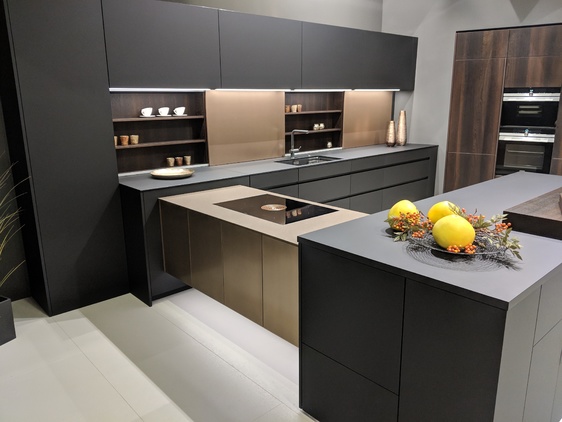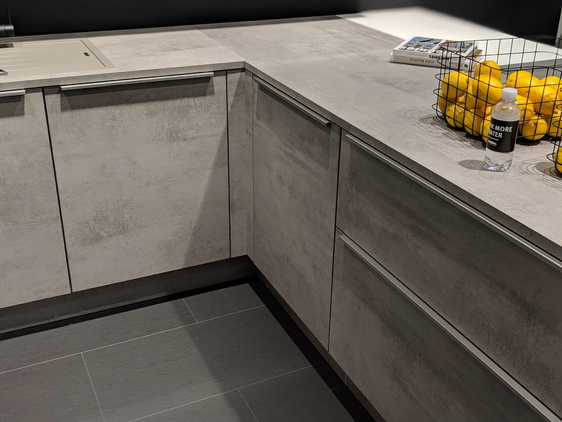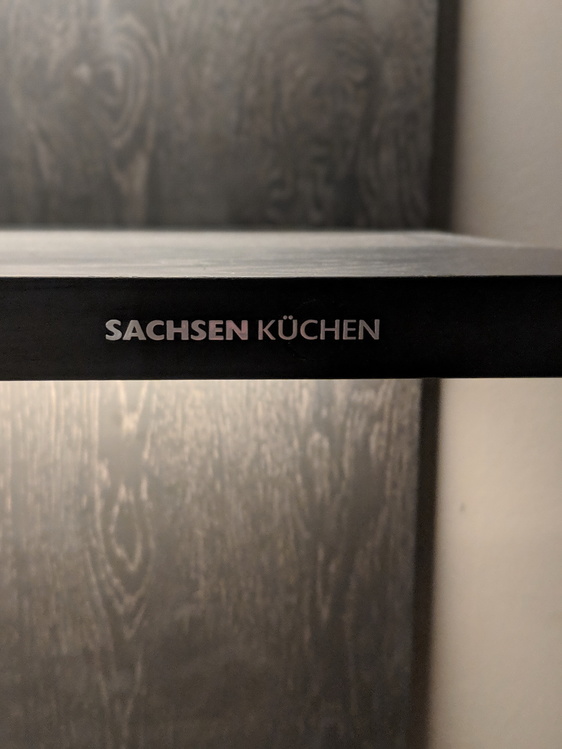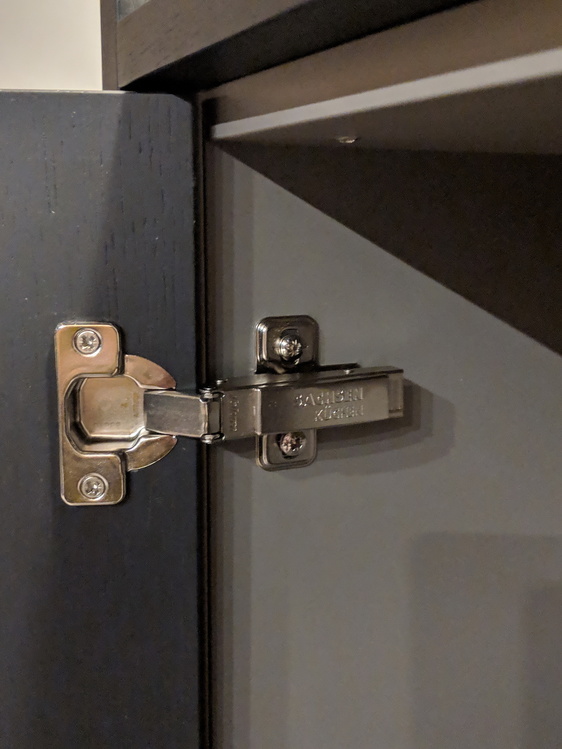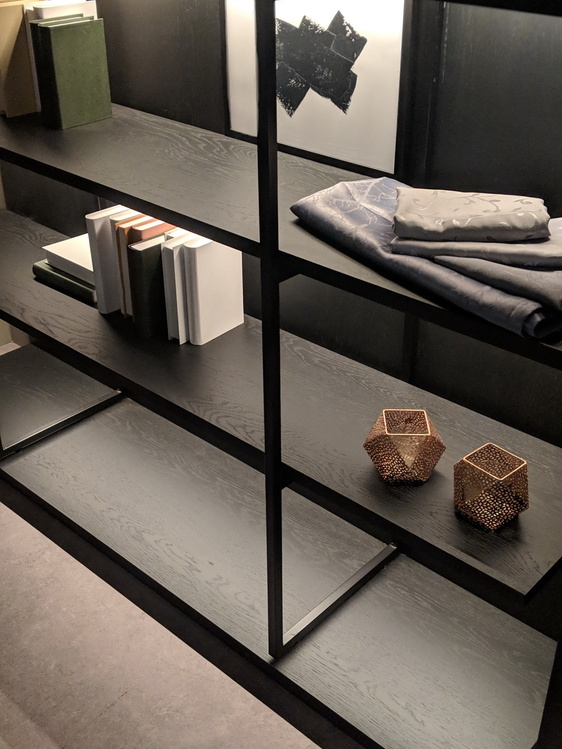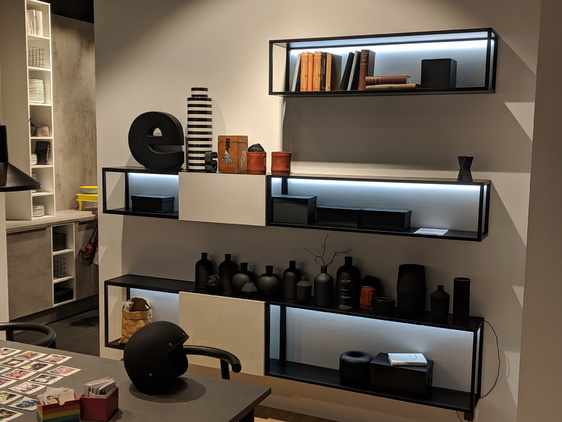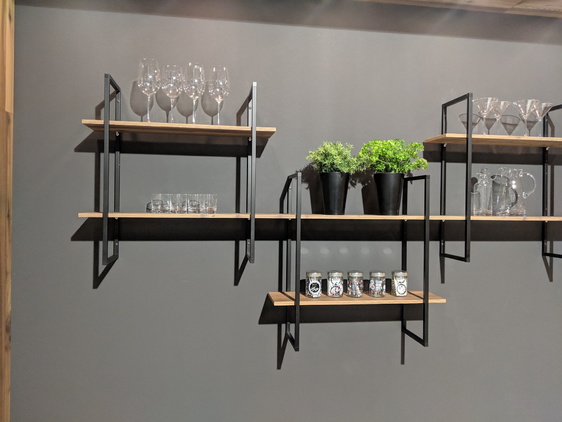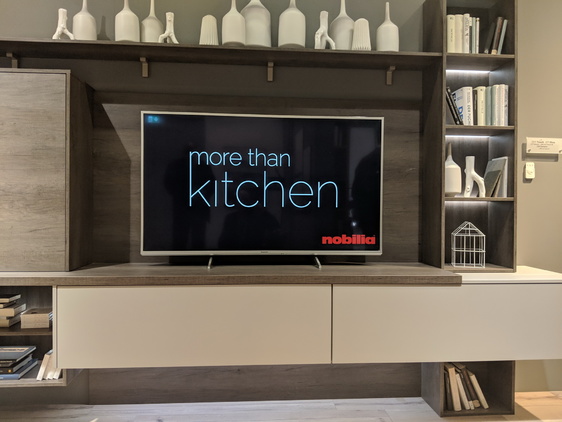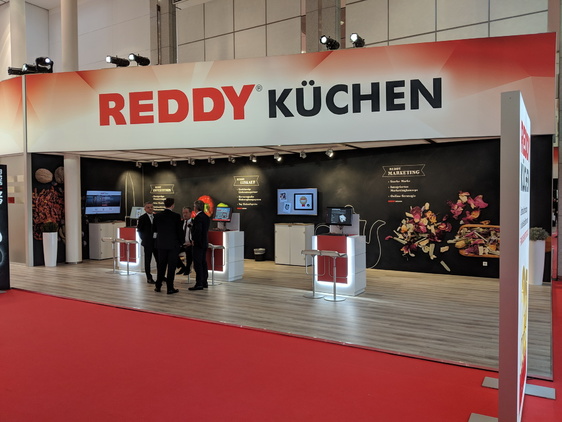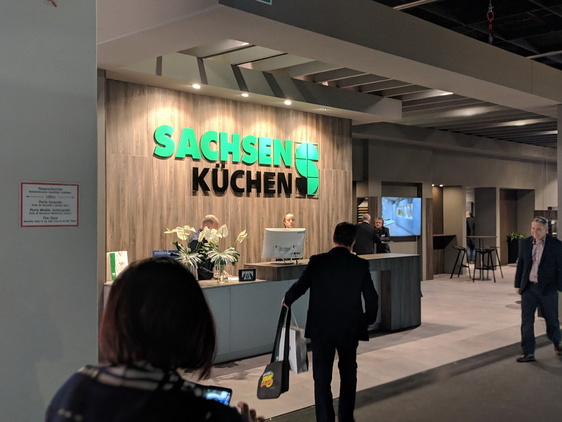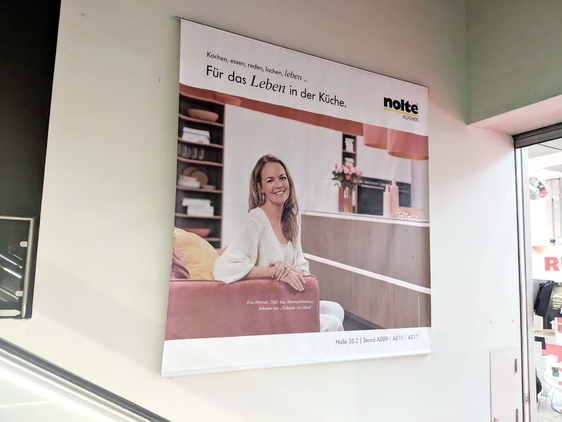On 17 January we were again on the road at the International Furniture Fair IMM in Cologne. We were especially interested in the kitchen fair LivingKitchen within the IMM. An intensive walk through this fair reveals in a dramatic way what the whole industry is suffering from: it is the Copycats fair. You can see the same thing at all stands, if you don't have the logo or name of the respective exhibitor in mind, you won't know which stand you're actually at after a short time. Product portfolio, surfaces and even communication are uniform. Why is that?
One only has to look at how the German kitchen industry has developed over the last 10 years and where the focus has been set: Automation, robotization, delivery capability, batch size one. The manufacturers who were good and fast in these disciplines were able to survive in the market and withstand the cost pressureIn the furniture trade, 0.3% of companies control around 54% of industry sales!. Brand building and design excellence were neglected. But design and brand are of no interest in the highly concentrated retail landscape of the Federal Republic of Germany. The large purchasing cooperatives do not want a strong brand - they rely on private labels to be independent - and design is decided by the buyer of the respective retail giant with a rapid flick of the wrist. As a result, the associations and retail groups are like a filter between industry and customer taste. The new doesn't reach us at all.
A brief background: According to the PwC study "The German furniture industry" of 11/2017, only 0.3% of companies in the furniture trade generate around 54% of industry sales! On the one hand, the market for furniture PRODUCTS is highly fragmented, and small furniture manufacturers almost always specialise in a specific furniture group. On the other hand, the German furniture TRADE is strictly organized strategically in purchasing associations and thus achieves an almost monopolistic market position compared to the production side. In combination with the increasing importance of online sales, producers are becoming more and more dependent.
But that's what they get from it now. Bulthaup is almost the only German kitchen manufacturer that consistently focuses on branding and operates with its own design language - but it does not exhibit in Cologne. Everyone has to look to Italy, to Boffi for example, and see what new trends Patricia Urquiola and her colleagues have set there. Then it's time to "copper off" as quickly as possible. Or you simply look directly at your neighbour in East Westphalia and destroy the business with your innovation. Generally speaking, when it comes to innovations, you are completely dependent on the hardware manufacturers Blum or Grass (both in Austria). Because innovation on low-complex box furniture made of chipboard can only be realised with new and difficult furniture fitting concepts. And it doesn't help if your own name is affixed to the Blum fitting as a plastic label. The surfaces are also largely dependent on suppliers.
When it comes to communication, it becomes completely boring, one acts with ancient logos from the last century - it seems as if everyone uses the same stock photos. And if you shoot your own photos, you are meticulously paid attention to the fact that you also get the 90s stock photo aesthetics right ... (And what does "Science Fiction vs. Urban Living" in East-Westfalia mean?)
The email newsletter ambista by Köln Messe from 30.01.2019 is also interesting: "LivingKitchen's most important trends" are named here, but these relate to ventilation systems, refrigerators, ovens, kitchen worktops, kitchen faucets, sinks and the subject of Smart Kitchens, etc. In other words, on topics from suppliers that the kitchen furniture industry has not helped to shape. The only real trend quoted, which also indicates a social change: "Merging of living areas in the entire furnishing sector. Probably the most remarkable advantage results from the combination of kitchen and living area. However, I have been experiencing the renaissance of the kitchen as a lounge since the late 1970s. With the Frankfurt kitchen, this room was shaped in the 1920s as a working machine and the woman working in it was separated from the family. Before that, until the early 20th century, the kitchen-living room was often the only heated room and always the centre of family life. For many reasons we now return to it. Hey, Jona Lewie sang in 1980: "But you will always find me in the kitchen at parties".

